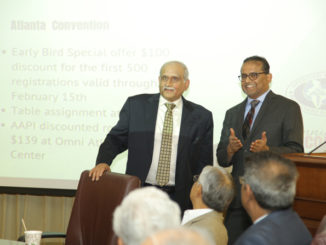
NEW DELHI (TIP): Diabetes and hypertension, traditionally seen as a rich man’s disease, has made its way to the slums. Health ministry’s fresh data shows one out of every four persons living in the urban slums of Chennai suffer from diabetes — which is three times higher than the national average of about 7%. In the slums of Bangalore the prevalence rate of diabetes was reported to be 14.77%, followed by 13.37% in Ahmedabad.
Delhi had among the lowest rates of 5.02%. “The results of Chennai are shocking. I have asked the state health officials concerned to indentify all positive cases and refer them to the nearest centre for treatment,” said Dr Jagdish Prasad, the Director General of Health Services ( DGHS). He said the union health ministry started targeted screening in urban slums in June 2011. “So far we have screened about 10 lakh people in Delhi, Bangalore, Chennai, Ahmedabad and Assam,” said Prasad. Medical experts say poor eating habits and sedentary lifestyle is the main reason for the rise in diabetes among the urban poor. “It is a false belief that only those eating burgers and pizzas can get obese and develop diabetes. High consumption of fried items such as kachori, samosa and gulab jamun can also led to the onset of diabetes,” said Dr H P S Sachdev, senior consultant pediatrics at Sitaram Institute of Science and Research. Sachdev said people living in urban slums generally did less physical activity than their rural counterparts. Simply put, diabetes is a condition in which the body has trouble turning food into energy.
All bodies break down digested food into a sugar called glucose, their main source of fuel. In a healthy person, the hormone insulin helps glucose enter the cells. But in a diabetic, the pancreas fails to produce enough insulin, or the body does not properly use it.
Cells starve while glucose builds up in the blood. There are two predominant types of diabetes. In Type 1, the immune system destroys the cells in the pancreas that make insulin. In Type 2, which accounts for an estimated 90% to 95% of all cases, either the body’s cells are not sufficiently receptive to insulin or the pancreas makes too little of it, or both.




Be the first to comment